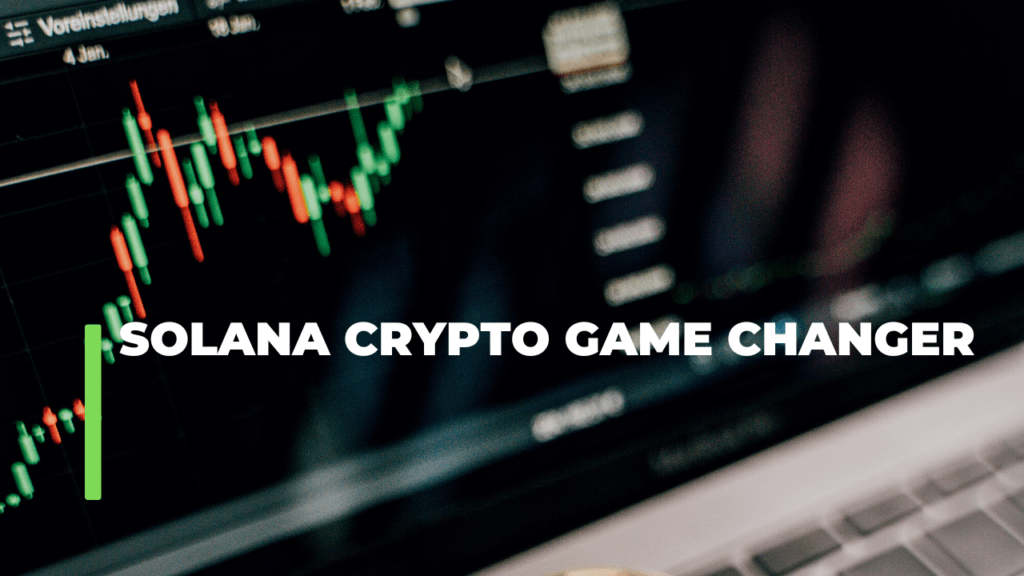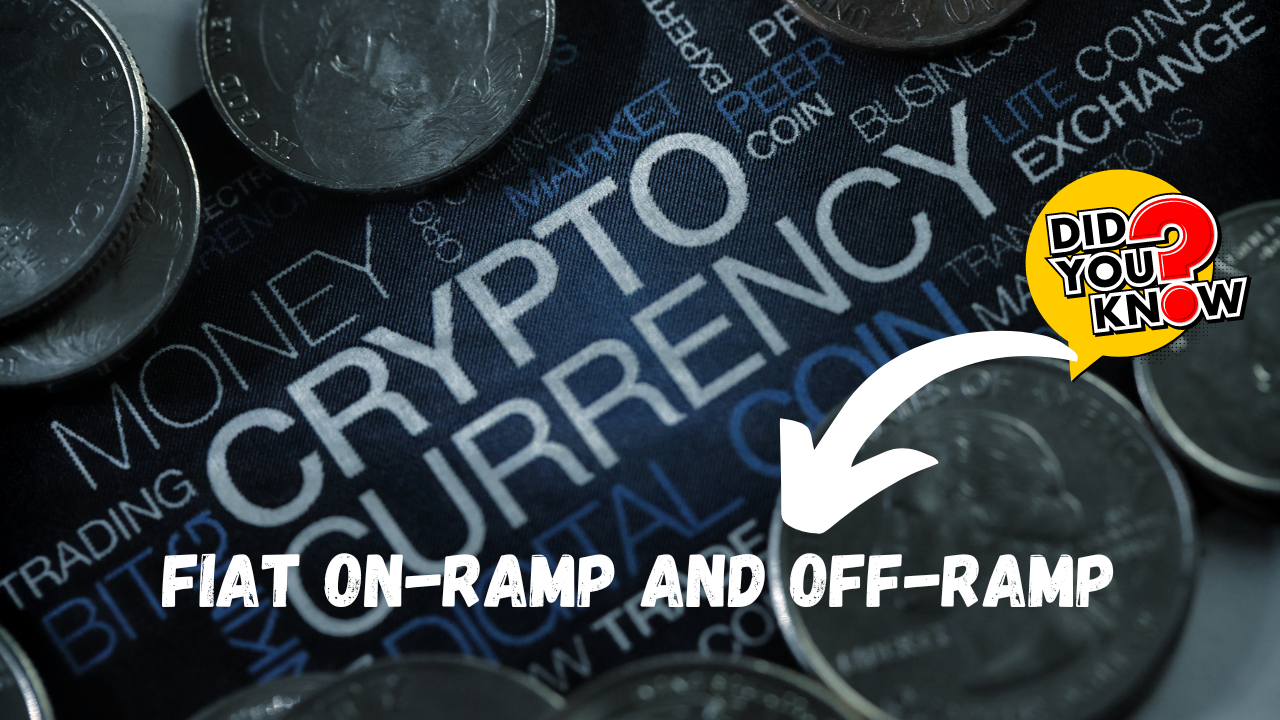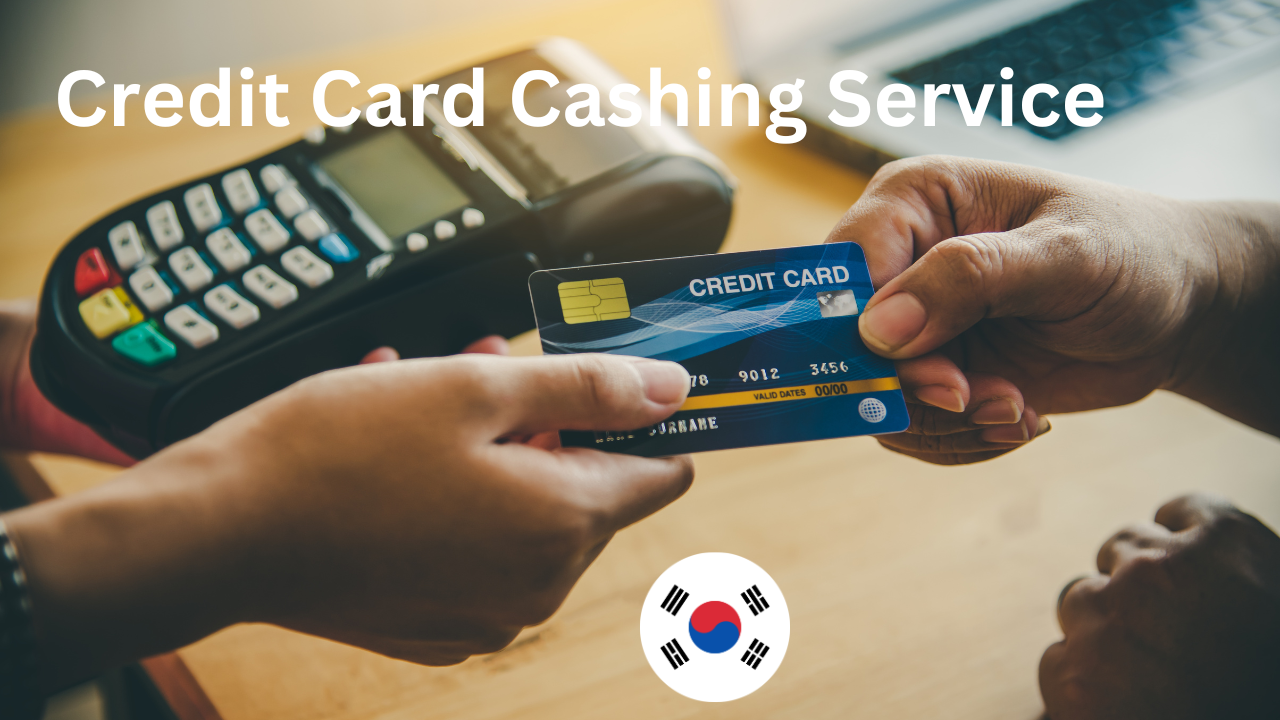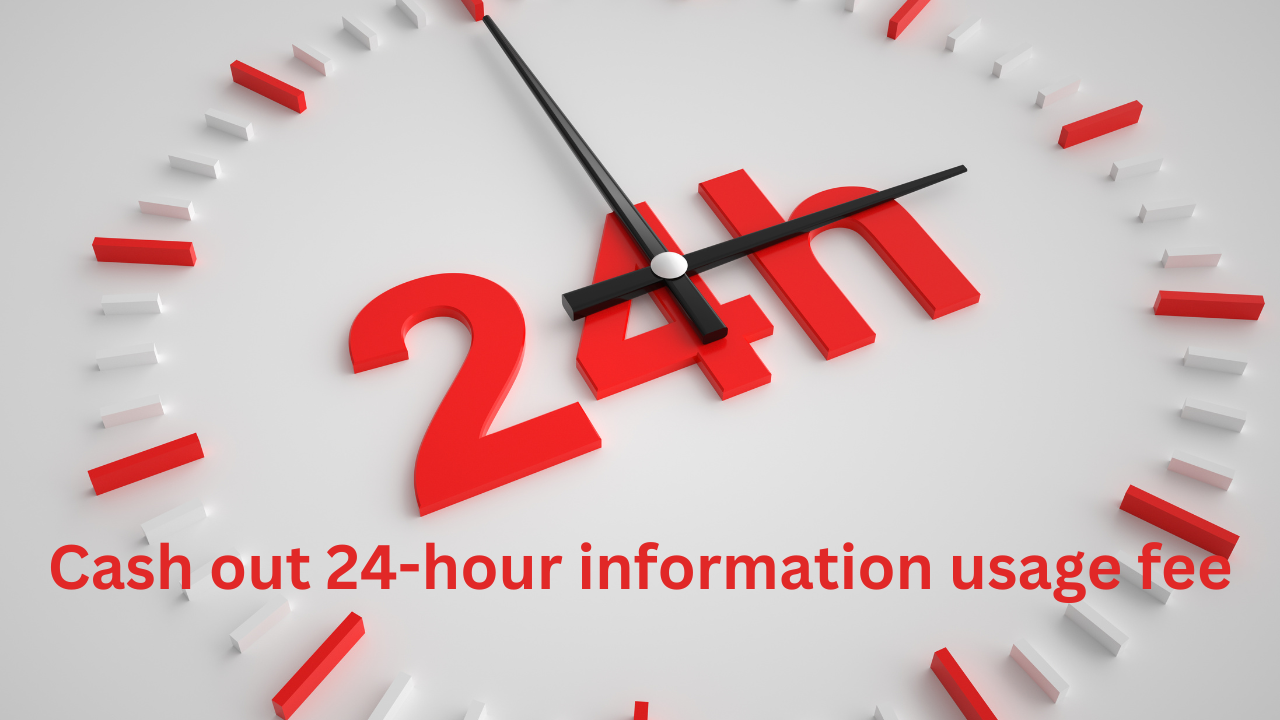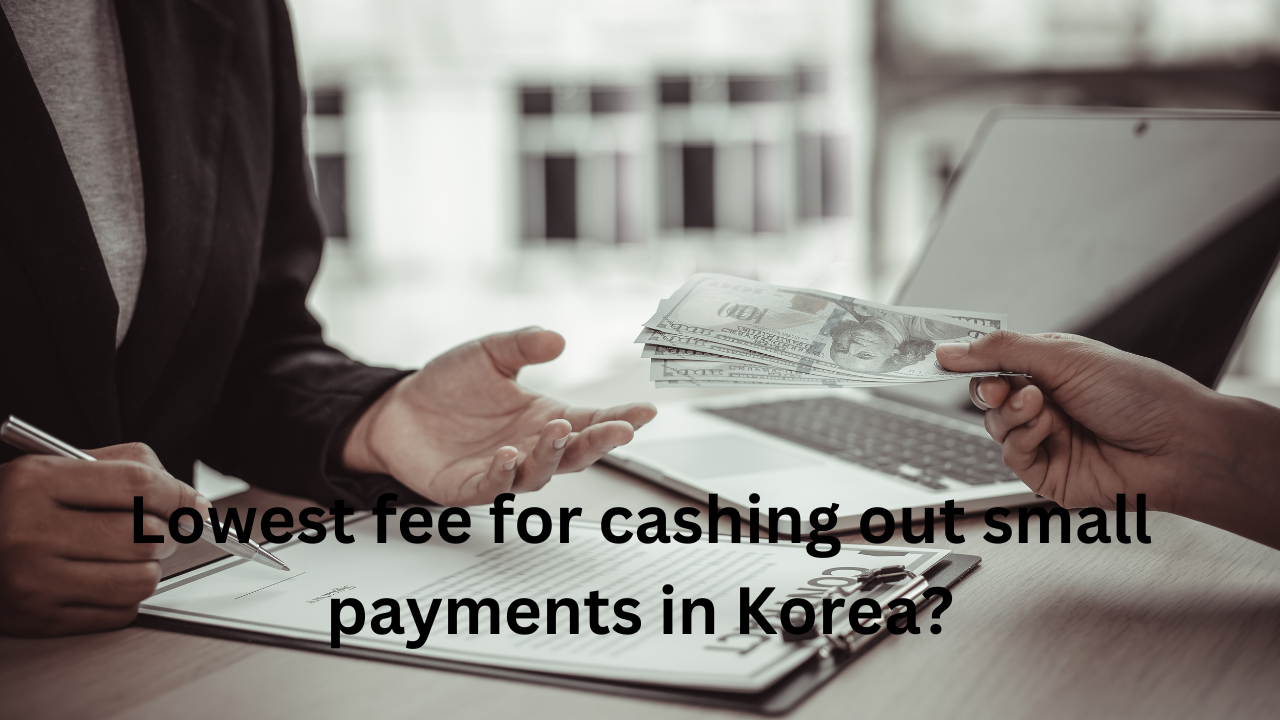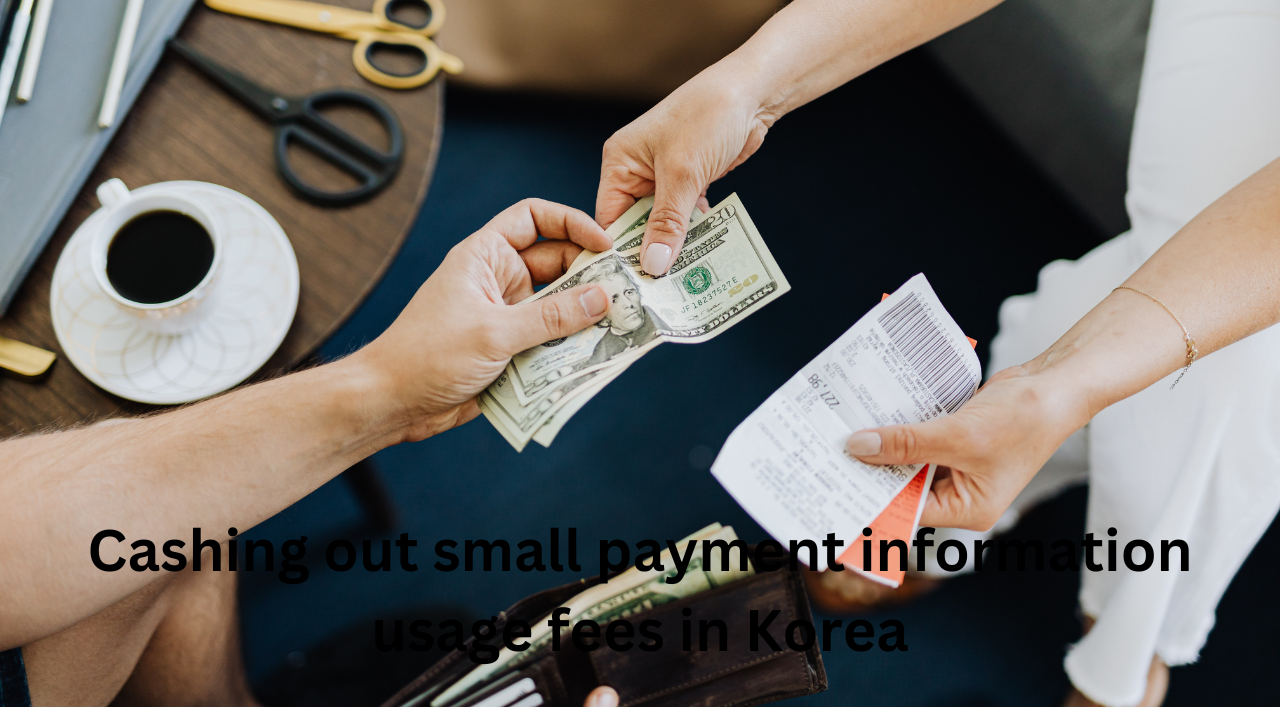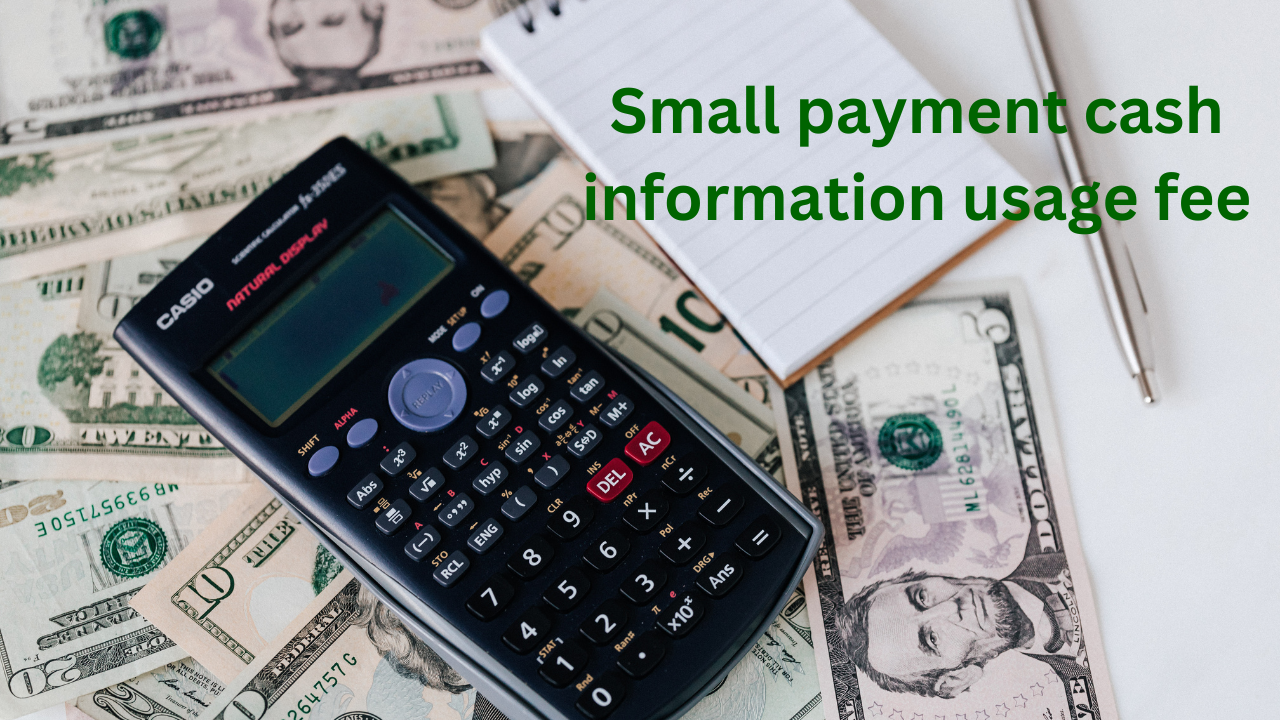Solana
Cryptocurrencies have taken the financial world by storm, challenging traditional notions of money and ushering in a new era of decentralized finance. Among the myriad of digital assets, Solana has emerged as a standout player, captivating the attention of investors, developers, and enthusiasts alike. In this comprehensive analysis, we delve into the intricacies of Solana, exploring its technological underpinnings, unique features, potential applications, and broader implications for the crypto space.
Background of Solana:
A. Genesis and Founding:
Solana, founded by Anatoly Yakovenko in 2020, set out with a bold vision: to create a high-performance blockchain capable of handling the demands of decentralized applications (dApps) and scalable enough to support global adoption.
B. Solana’s Technological Architecture:
- Proof-of-History (PoH):
One of Solana’s groundbreaking features is its implementation of Proof-of-History (PoH). PoH is a novel consensus mechanism that timestamps transactions before they are included in a block. This innovation significantly improves the efficiency of transaction processing, reducing the time and energy required for consensus.
- Proof-of-Stake (PoS):
In addition to PoH, Solana utilizes Proof-of-Stake as its consensus algorithm. This approach enhances security, scalability, and energy efficiency compared to traditional Proof-of-Work (PoW) systems.
II. Salient Features of Solana:
A. Lightning-Fast Transaction Speeds:
Solana boasts remarkable transaction speeds, claiming to process over 50,000 transactions per second (TPS). This is a substantial improvement over many leading cryptocurrencies, positioning Solana as a frontrunner in terms of scalability.
B. Low Transaction Costs:
The network’s efficiency not only stems from its speed but also from its cost-effectiveness. With low transaction fees, Solana offers a competitive advantage for users and developers seeking an affordable blockchain solution.
C. Ecosystem and Development:
- Decentralized Applications (dApps):
Solana’s architecture has attracted a growing number of developers seeking to build decentralized applications. The Solana ecosystem hosts a diverse array of dApps spanning DeFi, NFTs, gaming, and more.
Solana Foundation and Grant
To foster development, the Solana Foundation has established grants and funding initiatives. This proactive approach has contributed to the rapid growth of the Solana ecosystem, with projects receiving support for innovative endeavours.
Potential Application
A. Decentralized Finance (DeFi):
Solana has positioned itself as a key player in the DeFi space, offering a high-performance platform for decentralized lending, borrowing, and trading. The efficiency of the network makes it an attractive choice for DeFi developers aiming to provide seamless user experiences.
B. Non-Fungible Tokens (NFTs):
The NFT craze has found a home on Solana, with artists and creators leveraging its fast and cost-effective blockchain to mint and trade digital assets. The Solana NFT marketplace has gained traction, providing a vibrant ecosystem for digital art and collectables.
C. Gaming:
The gaming industry has embraced Solana as a platform for blockchain-based games. The high transaction speeds and low fees cater to the dynamic nature of gaming ecosystems, providing a frictionless experience for players and developers.
Challenges and Concern
A. Centralization Concerns:
Despite its technical prowess, Solana has faced criticism for potential centralization risks. Some argue that the network’s reliance on a small number of validators could compromise decentralization, raising questions about its long-term sustainability.
B. Network Outages:
Solana experienced notable network outages in 2021, drawing attention to the importance of robust infrastructure. While the team addressed the issues promptly, such incidents underscore the challenges of maintaining a high-performance blockchain.
Market Performance and Future Outlook:
A. Token Performance:
Solana’s native cryptocurrency, SOL, has witnessed impressive price appreciation, reflecting growing investor confidence. The token’s market performance is influenced by factors such as network development, adoption, and overall market sentiment.
B. Competitor Landscape:
Solana competes with other high-performance blockchains, such as Ethereum, Binance Smart Chain, and Polkadot. Evaluating its strengths and weaknesses in comparison to these competitors provides insights into its potential future trajectory.
C. Future Developments and Upgrades:
The Solana team continues to work on protocol upgrades and improvements. Understanding the roadmap and planned enhancements provides valuable insights into the network’s future capabilities and potential challenges.
Conclusion:
Solana has emerged as a force to be reckoned with in the cryptocurrency landscape, offering a blend of speed, efficiency, and versatility. Its innovative features, coupled with a vibrant ecosystem and growing adoption, position it as a formidable player in the blockchain space. However, challenges and competition persist, requiring continuous development and adaptation. As Solana navigates its path forward, its impact on decentralized finance, NFTs, gaming, and beyond will be closely monitored, shaping the narrative of blockchain technology for years to come.


